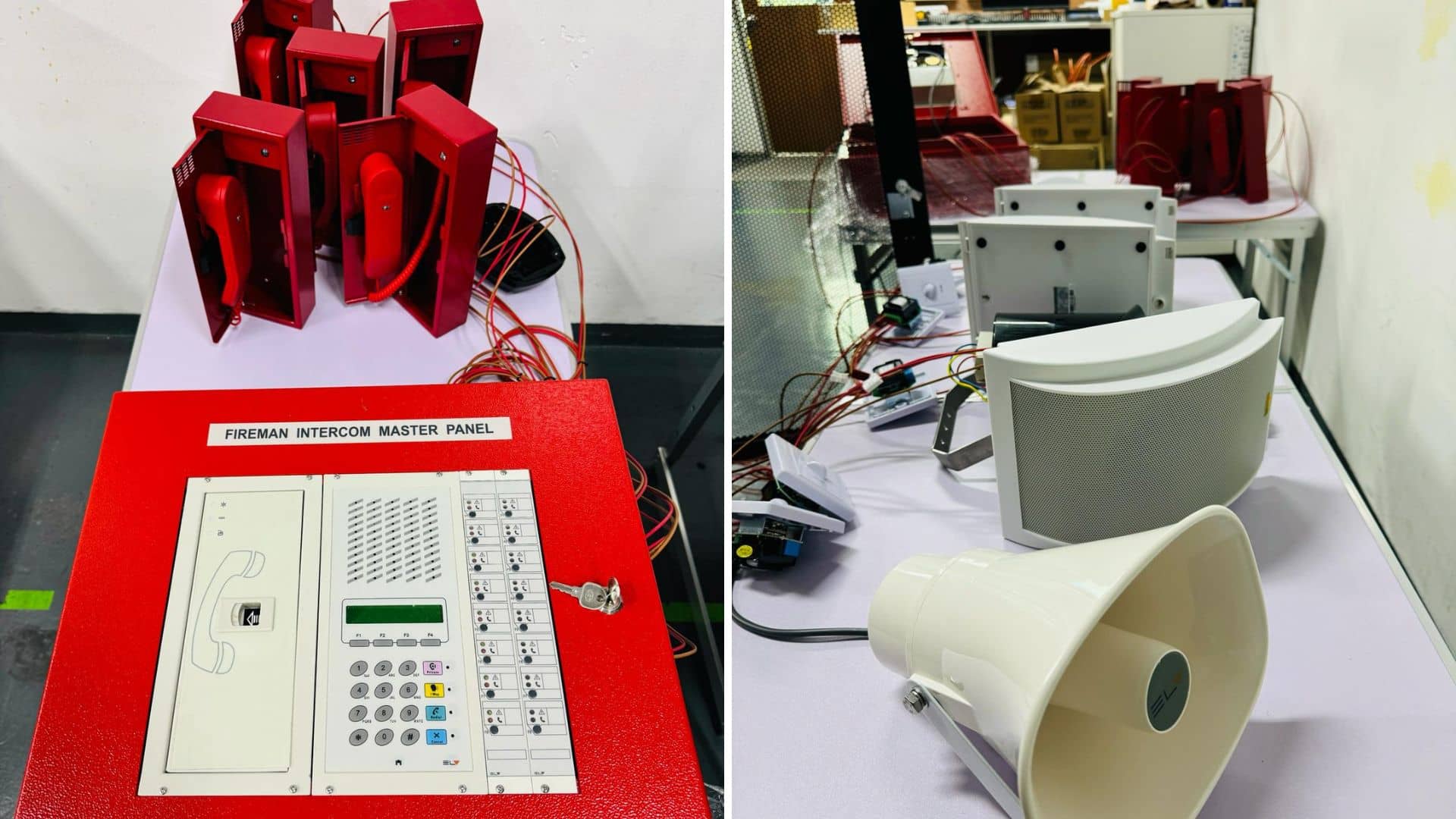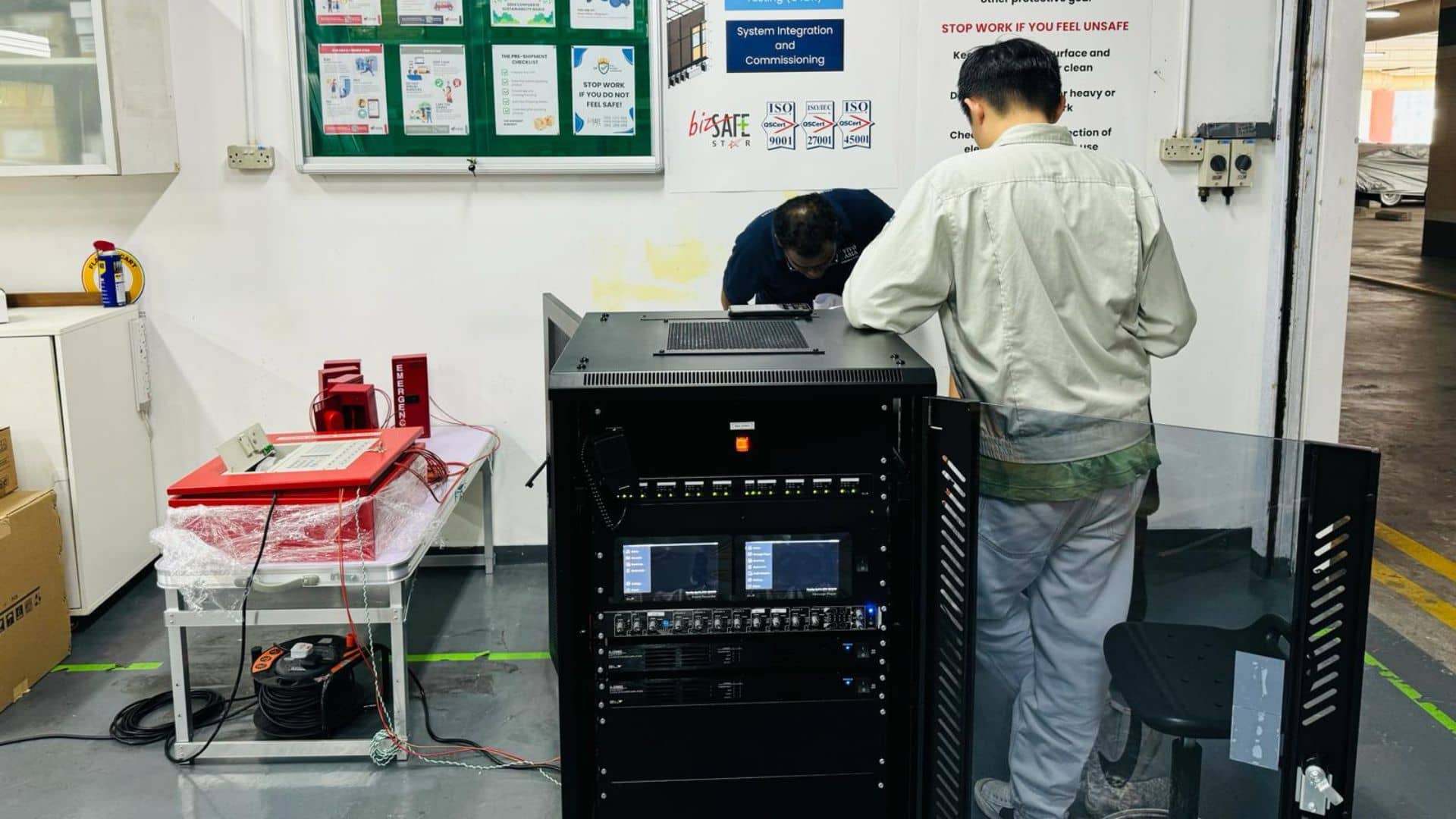Designing and installing fire alarm systems is a multifaceted endeavor that demands meticulous planning, technical expertise, and adherence to regulatory requirements. Fire safety is paramount in any structure, be it a residential home, commercial building, or industrial complex.
Let's delve into the intricacies of designing and installing a fire alarm system, ensuring the utmost protection for life and property.

Understanding the Basics
Before diving into the design and installation process, it's crucial to comprehend the fundamentals of fire alarm systems. At its core, a fire alarm system comprises various components working seamlessly to detect, notify, and mitigate fire emergencies. These components typically include:
Detectors
These sensors are the eyes and ears of the system, detecting smoke, heat, or flames indicative of a fire outbreak.
Control Panel
Serving as the brain of the system, the control panel receives signals from detectors, initiates alarms, and communicates with monitoring stations.
Notification Devices
Audible and visual alarms, such as sirens, strobe lights, and speakers, alert occupants to evacuate the premises.
Power Supply
Reliable power sources, often backed up by batteries or generators, ensure the system remains operational during power outages.
Designing the System
Designing a fire alarm system demands a meticulous approach tailored to the specific requirements and layout of the building.
Risk Assessment
Begin by conducting a thorough risk assessment to identify potential fire hazards, occupant vulnerabilities, and regulatory compliance standards. .

Fire Alarm System FAT being conducted at the Vivo Asia SG Office
Zone Planning
Divide the building into zones, considering factors like occupancy type, fire load, and evacuation routes. Each zone should have its dedicated detection and notification devices.
Detector Placement
Strategically position smoke detectors in areas prone to fire initiation, such as kitchens, utility rooms, and electrical panels. Heat detectors are ideal for environments with high dust or humidity levels, where smoke detectors might yield false alarms.
System Layout
Design a clear and concise layout indicating the placement of detectors, control panels, notification devices, and wiring pathways. Ensure compliance with local building codes and standards, such as NFPA 72 and UL regulations.
Redundancy and Reliability
Incorporate redundancy measures, such as backup power supplies and multiple communication pathways, to enhance system reliability and resilience.
Talk to An Expert
Team Vivo Asia is skilled and experienced in the effective designing and installing of fire alarm systems, ensuring deployment of a robust fire safety infrastructure, safeguarding lives and property against the ever-present threat of fire emergencies.
